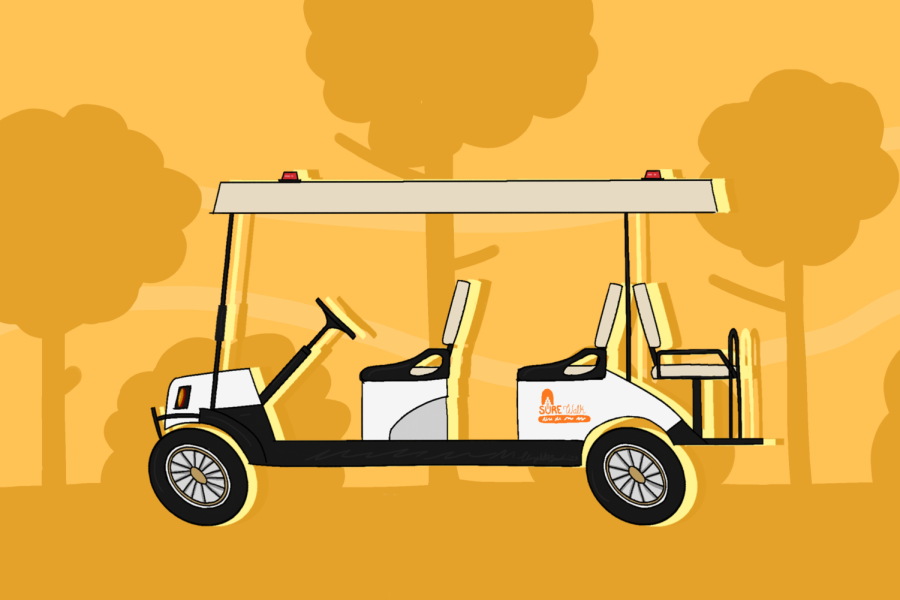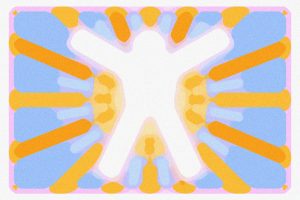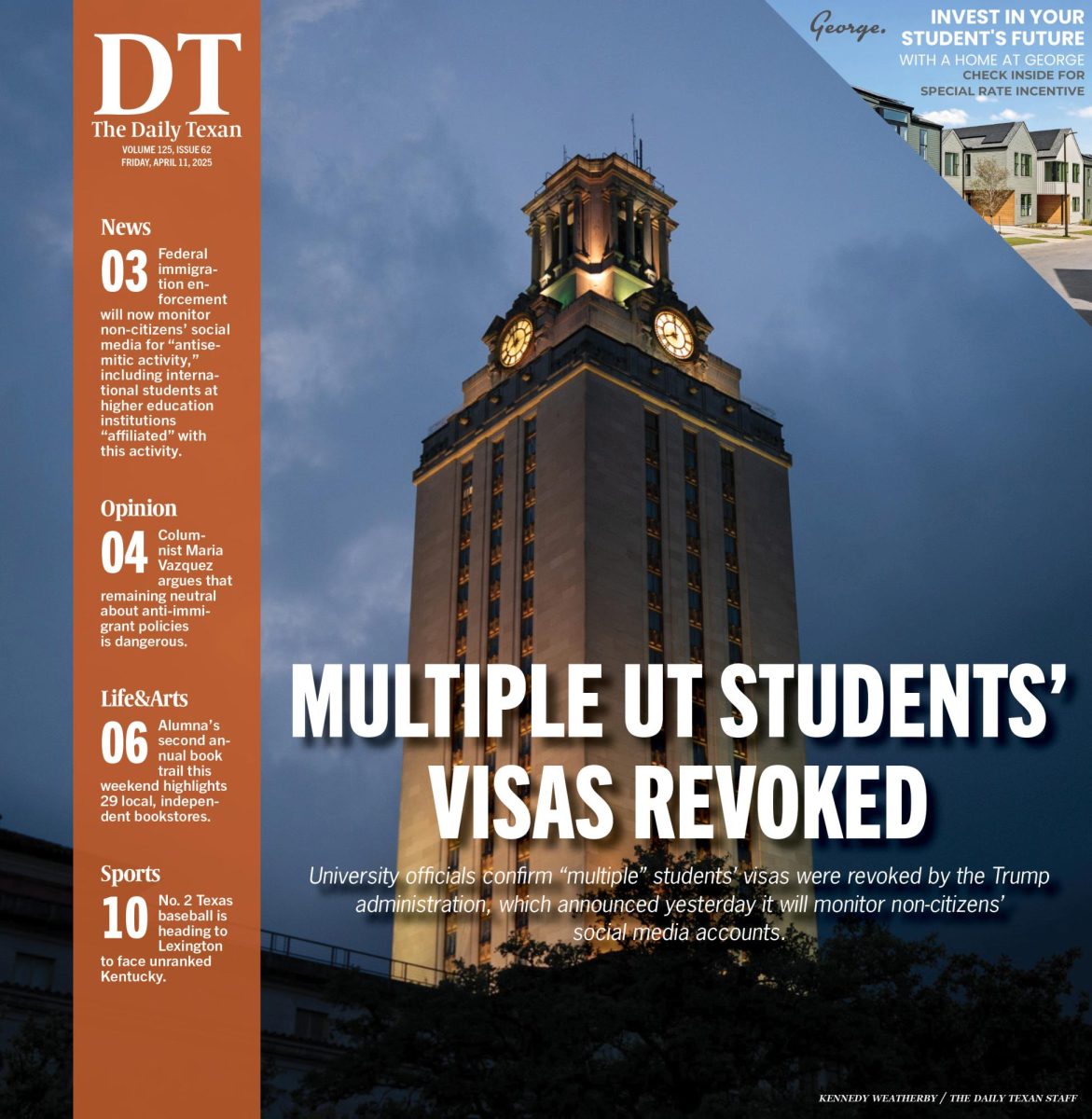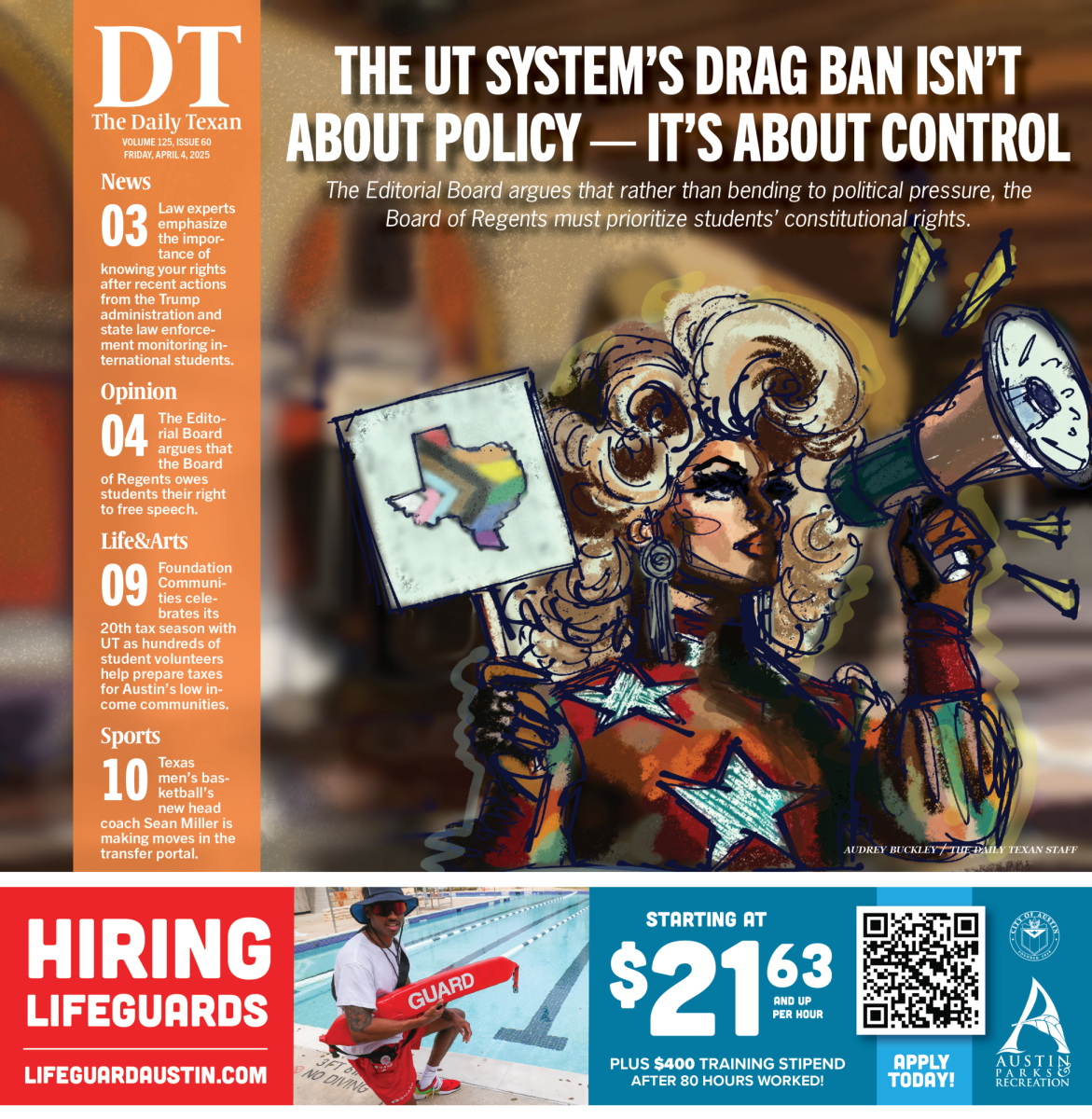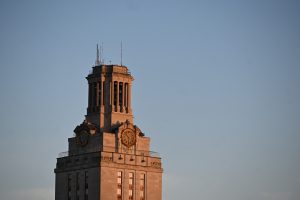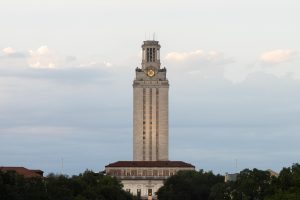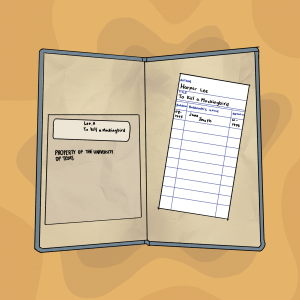Sure Walk surely needs improvement
March 7, 2023
UT’s Sure Walk service claims to improve campus safety by driving students home at night. While the program sounds great on paper, the only promise Sure Walk can currently guarantee is that you will surely be forced to walk home unassisted.
According to the Parking and Transportation website, Sure Walk is designed for individuals who are “on campus late and have concerns about [their] safety getting home.”
Unfortunately, the program doesn’t run as smoothly in practice. Sure Walk is unofficially known for long wait times and a habit of not showing up. It’s a frustrating outcome — especially because the program’s intentions are critical to student safety.
To mitigate these wait times and avoid miscommunication, UT should optimize Sure Walk’s logistical operations by reexamining the program’s software and overall organization.
Radio-television-film freshman Sofia Alejandro has several classes and meetings that require her to remain on campus until late at night. She relies on Sure Walk to get home safely, and she uses it around three times a week. The program’s premise works well for her, but she has had many experiences with long wait times ranging from 20 to 40 minutes.
Business major Mairany Serrano also used the service around twice a week last semester, but she has since stopped in favor of Ubering. Like Alejandro, she strongly objected to the program’s long wait times.
“One time, (Sure Walk) never actually called me back after I did the survey,” Serrano said. “Other than that, I wanna say (my longest wait time was) like 2 hours.”
Primarily, Sure Walk’s issues lie in its current organization. Once students fill out a Google Form, a worker manually combs through all of the requests. This inefficiency creates a gamble for students who wish to request a ride. Do they walk home themselves in potentially unsafe conditions, or do they wait around for a service that may never even show up?
Carlton Brand, a manager from Parking and Transportation Services, weighed in on the issue.
“(PTS does) not have a record of students or other University community members completing a form that didn’t result in service, nor have we received any complaints about this,” Brand wrote in an email statement.
Regardless, it is clear students are experiencing problems with Sure Walk. If anything, the program’s purported issues simply perpetuate the very safety concerns it seeks to mitigate.
Recently, two UT freshmen created an app that intends to help remedy Sure Walk’s existing challenges.
When asked about the app’s potential implementation, Brand said, “The student-created unofficial Sure Walk app has not been formally submitted to the University for approval, nor is it currently being reviewed for approval by PTS.”
It’s unclear whether this snafu is a simple miscommunication error between PTS and the app developers. Nonetheless, the University should embrace this solution because its adoption could bolster campus safety.
As of now, this much is clear: Sure Walk needs significant reform before it can begin accomplishing its outlined goals. The program’s potential certainly exists, but until substantive changes are made, some students may have to continue walking themselves home.
Lack is a dance and Plan II freshman from San Angelo, Texas.

